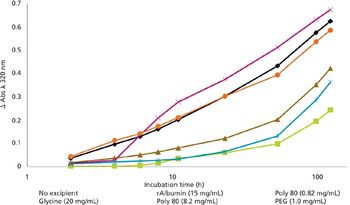
Recombinant albumin can stabilize a drug product and assist in API release.

Recombinant albumin can stabilize a drug product and assist in API release.
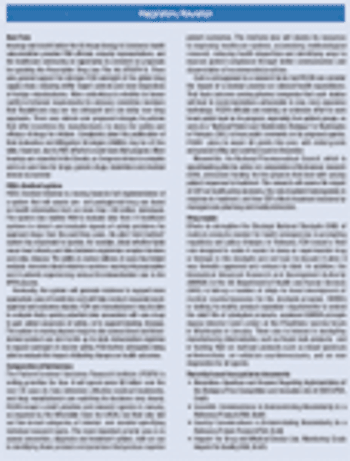
Social media use raises questions about applying old standards to new information technology.

More collaboration and expanded oversight aim to compel manufacturers to follow GMPs.

Contract organizations must have highly organized teams and plans to accommodate today's audits.

Pressure to approve new user fees opens the door to action on drug shortages, prices, and regulation.

How does working in a virtual biotech environment affect biosimilar development? Anjan Selz outlines target and partner selection in this first of a two part article.
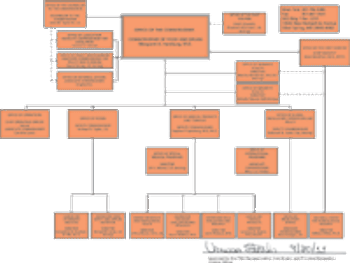
Added responsibilities and outside concerns prompt overhaul of agency's structure.

Clamor mounts over compromised care and rising costs due to lack of crucial therapies.
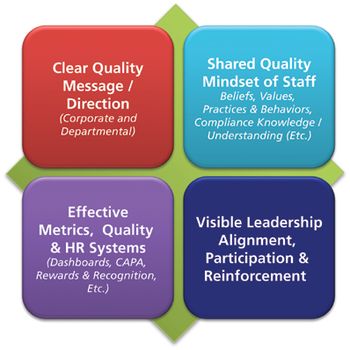
In a culture of quality, it is important that employees adopt this mindset, not because they have to, but because they understand the importance.

A survey provides insight into drug companies' plans for spending on outsourced services. This article contains bonus online material.

Manufacturers fund research and reduce prices to tackle diseases around the world.

PDUFA renewal legislation sets stage for new policies affecting revenue, research, and oversight.

Why SOPs are rarely followed, often cited, and in great need of follow-through.

A report commissioned by FDA evaluates the QbD paradigm.

US Pharmacopeia promotes horizontal standards and a product-class approach for quality attributes.

Rising imports, overseas production spur collaboration and realignment of enforcement activities.

Incorporating regulatory requirements into the product life cycle is crucial.

The authors describe challenges faced in transfer and scale-up of a fermentation process.

Follow-on versions of complex biologics require extensive expertise.

Industry struggles to curb drug abuse, diversion, and disruptions in supply to ensure access to quality products.
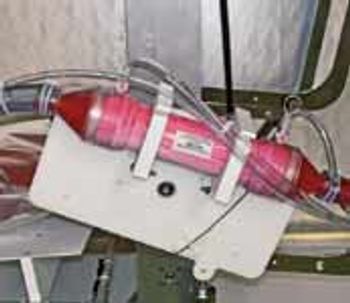
A hollow fiber matrix allows for efficient harvest of secreted proteins.

A rigorous cost-benefit assessment can help to chart a cost-effective path forward.

FDA, NIH, and industry seek new strategies to spur drug development and promote access to therapies.

Courts and Congress seek to reshape policies and programs affecting drug costs and access.

Executive management leadership is essential in the effective implementation of QbD.